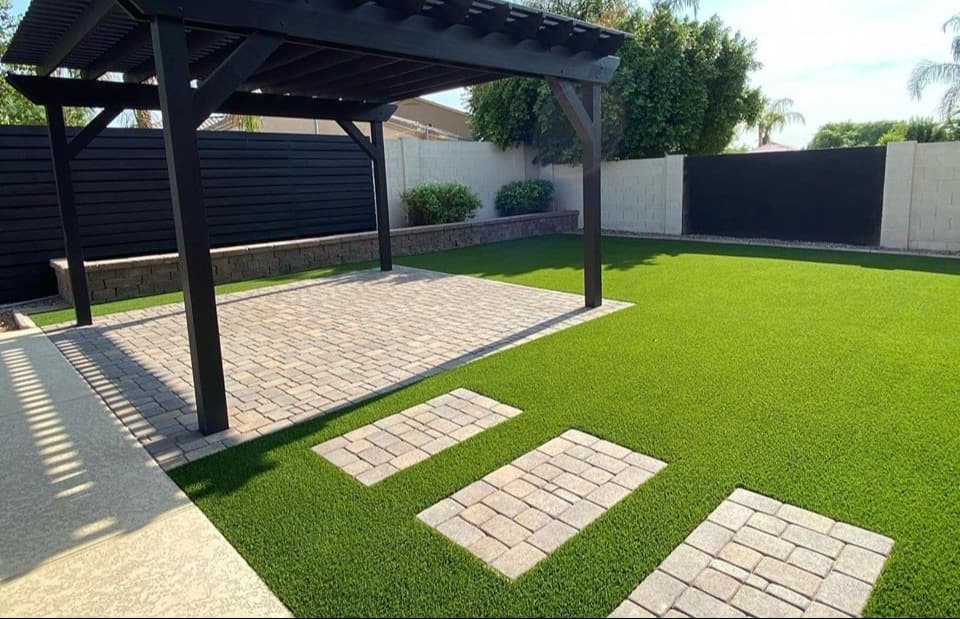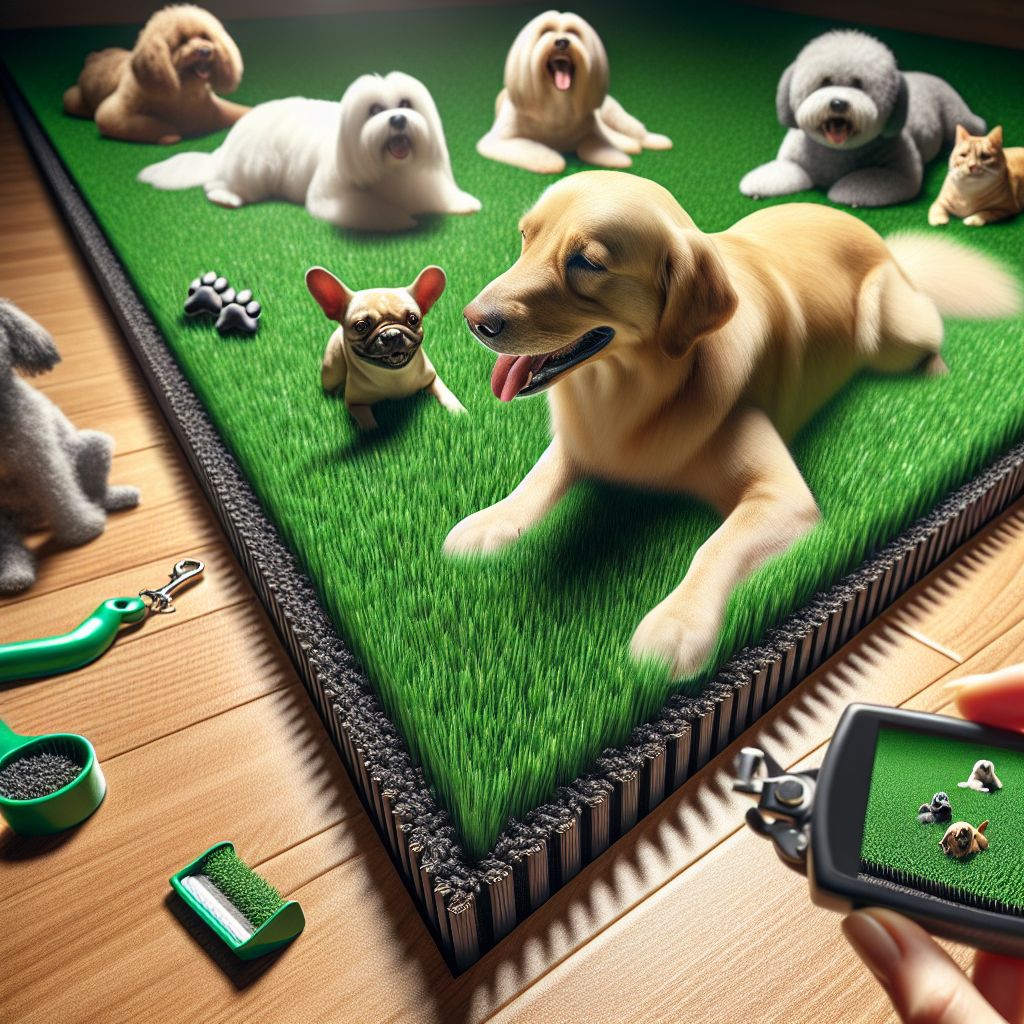
Imagine your very own golf paradise right in your backyard, where you can practice your putts any time you wish. This dream can become a reality with artificial putting greens. But there’s one crucial question that many potential buyers ponder: Do artificial putting greens drain? In this comprehensive guide, we’ll delve into the mechanics of artificial putting green drainage, explore their benefits, and provide practical tips on installation and maintenance.
Artificial putting greens are a phenomenal innovation that allows golf enthusiasts to enjoy the game at home. These synthetic turfs are designed to mimic the feel and performance of natural grass. The craftsmanship behind them involves high-quality materials that ensure durability and optimal playing conditions. But what happens when it rains? Does water accumulate, or is there a sophisticated drainage system in place?
It’s fascinating to think about how much thought goes into the design of artificial putting greens. These surfaces are engineered with advanced drainage systems that allow water to pass through easily. Here’s a breakdown:
For more detailed information on synthetic turf drainage systems, you can refer to the guidelines provided by USGA (United States Golf Association).
Effective drainage is the backbone of a well-functioning artificial putting green. Let’s explore the myriad benefits:
A properly drained artificial putting green ensures that water does not pool on the surface, maintaining optimal playing conditions even after heavy rain. Similar to how a well-designed garden prevents flooding, these greens are crafted to handle nature’s whims.
Just like a house with a solid foundation stands the test of time, an artificial putting green with proper drainage lasts longer. It minimizes wear and tear, ensuring your investment remains valuable for years to come.
Poor drainage can lead to mold and mildew growth, which can compromise both the appearance and functionality of your putting green. Proper drainage keeps these issues at bay, akin to how regular exercise keeps our bodies in top shape.
Installing an artificial putting green may seem daunting, but with the right steps, it becomes manageable. Here’s a simplified version of the process:
If you’re looking for a detailed guide on installation, HGTV’s guide on installing artificial grass offers step-by-step instructions.
Maintaining your artificial putting green is akin to nurturing a prized garden. Here are some tips to keep it pristine:
For an in-depth look at artificial turf maintenance, visit WikiHow’s maintenance guide.
Drainage prevents water accumulation, reduces the risk of mold growth, and enhances the lifespan of the turf.
Yes, with the right tools and guidance, DIY installation is possible. However, professional installation ensures optimal results.
With proper maintenance, artificial putting greens can last up to 15 years or more.
The allure of having an artificial putting green in your backyard is undeniable. It promises endless hours of practice and leisure. Understanding how these greens drain and the benefits they offer will help you make an informed decision. With proper installation and maintenance, your synthetic turf will remain a lush, playable surface for years to come. Ready to transform your backyard into a golfer’s haven? Start planning today!
If you found this article helpful, check out more insights from trusted sources like the EPA’s analysis on synthetic turf benefits. Happy golfing!


